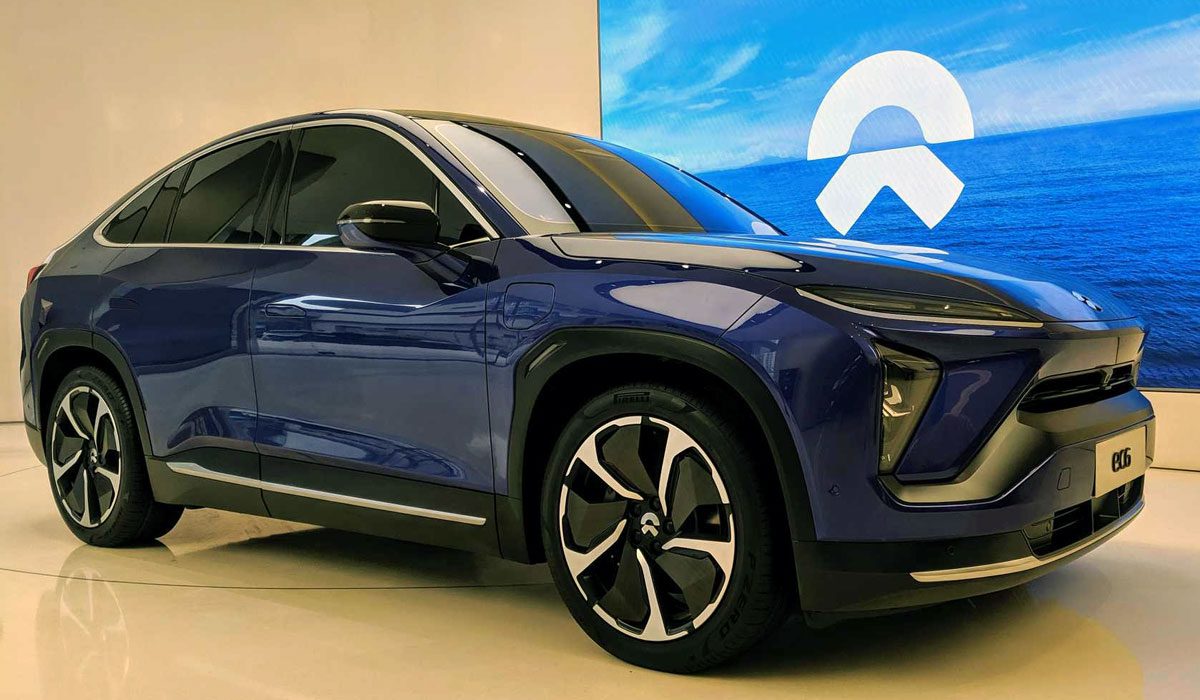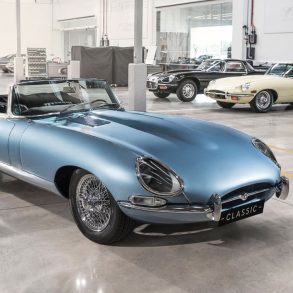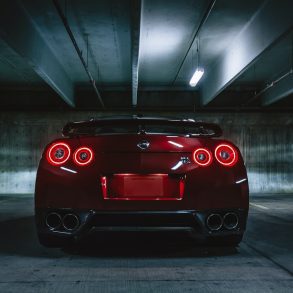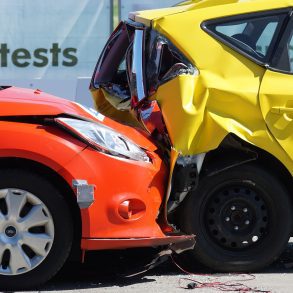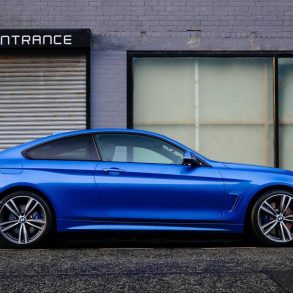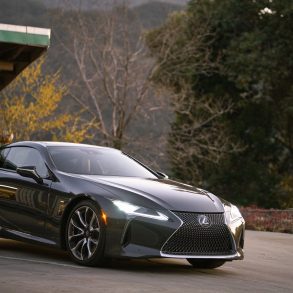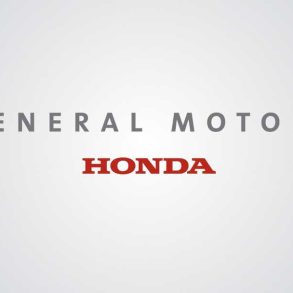The year 2020 will go down as an exceptional year in human history, unsurprisingly due to the global COVID pandemic. In China, the suspected cradle of the virus, 2020 will also be remembered for a long time in the automotive industry as a crucial year of transition.
China is by far the most interesting car market to follow at the moment, as all the major brands from around the world converge on a more or less level playing field. Nowhere else does this situation occur. Moreover, with annual sales of more than 20 million new cars, China is also the largest market in the world. As a result, the developments there partly determine what is happening in the rest of the world in the automotive field. So let’s see what happened there in 2020 and what may await us.
On the eve of 2020, a lot was going on in China. For the first time in living memory, fewer new cars were sold in 2019 than in the year before. The Chinese government had also stripped all kinds of incentives for ‘New Energy Vehicles’ (BEVs and PHEVs). The sale of NEVs was therefore under even more pressure.
The Chinese automotive market in short
![]() The Chinese market is very complex and has many players. All major foreign brands produce cars in collaboration with a Chinese partner, this is a legal obligation from the Chinese state. From here on, I will refer to them as JVs (joint ventures). Imports hardly play a role, they have a share of a few percent and it mainly concerns very exclusive models, with the notable exception being Lexus. In addition, there are a large number of Chinese manufacturers, roughly divided into three groups: traditional state-owned manufacturers (such as SAIC, FAW), independent manufacturers (such as Geely, Great Wall) and NEV startups (such as NIO, Xpeng). The state manufacturers, state-owned enterprises (SOEs as I will call them), are usually the manufacturing partners of the foreigners for their domestic Chinese production.
The Chinese market is very complex and has many players. All major foreign brands produce cars in collaboration with a Chinese partner, this is a legal obligation from the Chinese state. From here on, I will refer to them as JVs (joint ventures). Imports hardly play a role, they have a share of a few percent and it mainly concerns very exclusive models, with the notable exception being Lexus. In addition, there are a large number of Chinese manufacturers, roughly divided into three groups: traditional state-owned manufacturers (such as SAIC, FAW), independent manufacturers (such as Geely, Great Wall) and NEV startups (such as NIO, Xpeng). The state manufacturers, state-owned enterprises (SOEs as I will call them), are usually the manufacturing partners of the foreigners for their domestic Chinese production.
Traditionally, the international brands form the premium segment, the SOE’s own brands serve the (bottom of the) mainstream market and the private brands are in between: better than the SOEs and cheaper than the foreigners. This is a very rough description of course, there are plenty of exceptions to this rule. But this description suffices to indicate the events of 2020. The JVs dominate the sales list, controlling about two thirds of the market. The share of NEV brands is approximately 5%.
I want to discuss China’s car market in 2020 on the basis of three cases: Brilliance, Zotye and NIO. All three went through a turbulent and eventful year. For Brilliance and Zotye, the outcome is still uncertain, while NIO made a remarkable transition.
Case 1: Brilliance
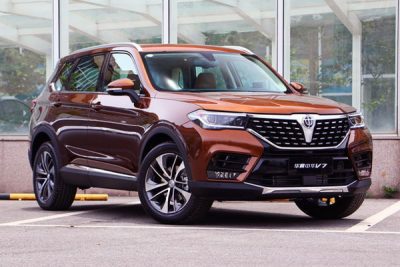 Brilliance belongs to the SOEs, it is owned by the northern province of Liaoning in the ‘rust belt’ of China. The company is based on the manufacturer Jinbei, which has been making light commercial vehicles for decades. They also developed their own passenger car brand, called Brilliance, which was also briefly for sale in Europe. Their main asset, however, is a JV with BMW. All BMWs produced in China come from Brilliance-BMW.
Brilliance belongs to the SOEs, it is owned by the northern province of Liaoning in the ‘rust belt’ of China. The company is based on the manufacturer Jinbei, which has been making light commercial vehicles for decades. They also developed their own passenger car brand, called Brilliance, which was also briefly for sale in Europe. Their main asset, however, is a JV with BMW. All BMWs produced in China come from Brilliance-BMW.
The Brilliance brand had a short boom in the Chinese market, selling nearly 190,000 cars in 2013, but has fallen completely behind in recent times. This is because the Brilliance-BMW JV is very successful and generates by far the company’s biggest profits. That resulted in a lack of urgency to invest in their own brand and as a result it hardly has appealing products.
At the end of 2020, the parent company Brilliance Group got into serious trouble because it could no longer repay outstanding loans. All kinds of suppliers are also still waiting for the payment of products and services supplied. Liaoning province no longer wanted to pay for the company’s losses. Bankruptcy has since been declared with the possibility of reorganization. This means that a restart can be made.
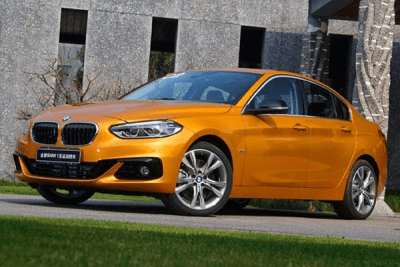 Brilliance will undoubtedly be saved, or taken over by another party. BMW is a wild card in this matter, because of its JV. Incidentally, this JV is not at risk because it concerns a separate legal entity. BMW had already signed a deal to increase their share in the JV to 75% by 2022, after the legal obligation for foreigners to work with a Chinese partner will be abolished. The latter is an important point.
Brilliance will undoubtedly be saved, or taken over by another party. BMW is a wild card in this matter, because of its JV. Incidentally, this JV is not at risk because it concerns a separate legal entity. BMW had already signed a deal to increase their share in the JV to 75% by 2022, after the legal obligation for foreigners to work with a Chinese partner will be abolished. The latter is an important point.
Brilliance’s problems, which we also see with some other SOEs, are caused by a number of factors: dependence on their JV for profit, neglect of their proprietary brand and a late reaction to market developments. Brilliance had been making a profit for a long time, but when zooming in on the numbers you’d see that a large loss from its own activities remained after the profits from the JV were deducted. And with the share of the JV set to decrease in the future, the financial outlook is not a positive one. The Brilliance brand was once a technological frontrunner, but it has now descended to the lower end of the market. They have also completely missed the NEV transition. Its market share dwindled from nearly 1.5% in 2010 to 0.04% in 2020 with fewer than 7,500 deliveries.
Brilliance probably won’t go away, but it does serve as an important warning for other SOEs. They have to make their own products competitive in the market, because in the near future it will be more difficult to rely on income from their JVs. The strong SOEs are all working hard on this transition. They are renewing and improving their products and design on a significant scale, so they can now compete with private manufacturers and JVs. SOEs that fail to do this will all run into problems in the foreseeable future.
Case 2: Zotye
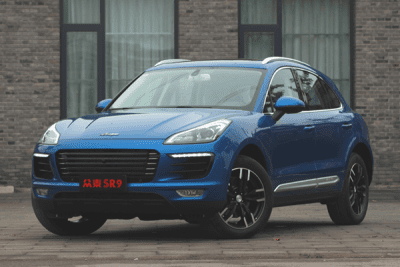 Zotye is a private manufacturer, which produced over 300,000 cars annually in 2016 and 2017 and had a market share of more than 1% in its gigantic domestic market, but it quickly dwindled to a mere few thousand by 2020. The brand is best known here for their blatant copies of Western or Japanese models, which were then offered under their own name. In addition to the Zotye brand, the owners have a whole network of other brands (Hanteng, Hanlong, Dorcen), which formally do not belong to the parent company, but are completely dependent on Zotye’s production network.
Zotye is a private manufacturer, which produced over 300,000 cars annually in 2016 and 2017 and had a market share of more than 1% in its gigantic domestic market, but it quickly dwindled to a mere few thousand by 2020. The brand is best known here for their blatant copies of Western or Japanese models, which were then offered under their own name. In addition to the Zotye brand, the owners have a whole network of other brands (Hanteng, Hanlong, Dorcen), which formally do not belong to the parent company, but are completely dependent on Zotye’s production network.
As the sales figures already indicate, Zotye also ran into major problems last year. Production has been almost completely shut down for months and several entities in the network have already been declared bankrupt, including the parent company. Zotye Automobile, which actually produces the cars, is still alive but Chinese analysts see little future for the company. The malaise at Zotye was accompanied by unpaid suppliers, unpaid loans and salary arrears of months.
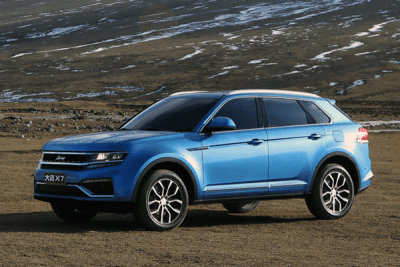 As mentioned, Zotye is notorious for its copied models. Many private Chinese manufacturers started out that way, but the most successful, like Geely, quickly invested in their own development. They built up their own knowledge and skills and developed a brand image with its own technology a recognizable design. Zotye did not do so and continued to serve the lower end of the mainstream market with copied models while the Chinese consumer was rapidly gaining purchasing power and demanding higher-quality products.
As mentioned, Zotye is notorious for its copied models. Many private Chinese manufacturers started out that way, but the most successful, like Geely, quickly invested in their own development. They built up their own knowledge and skills and developed a brand image with its own technology a recognizable design. Zotye did not do so and continued to serve the lower end of the mainstream market with copied models while the Chinese consumer was rapidly gaining purchasing power and demanding higher-quality products.
Zotye had struck a deal to start exports to the USA as one of the first Chinese brands to do so, but with the problem the company currently faces, the private importer that signed it has now changed its plans and is preparing to launch Chery’s Exeed sub-brand in the US. In early 2021 Ford also canceled its JV with Zotye that was originated to develop EVs for the domestic Chinese market together. Plans which never came to fruition.
Zotye isn’t the only private manufacturer in trouble. In 2020 a lot of brands were struggling. Some of them in slimmed-down form by (e.g. Leopaard), others were taken over by another party (Lifan) or disappeared completely (Xiali). The similarity between the problem cases is that they depended almost entirely on purchased or copied technology, lacked any Intellectual Property and could not independently develop their own products. This weeding out will certainly continue, in a fierce battlefield there is no more room for laggards and opportunistic copiers.
Case 3: NIO
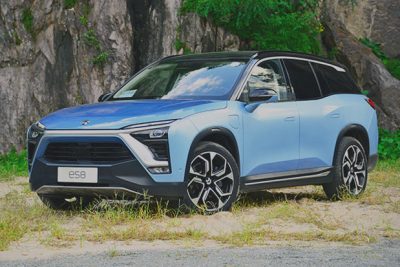 NIO can be seen as China’s Tesla: innovative technology, new customer approach, fully electrical and emphasis on the development of autonomous systems. It is one of the many NEV startups that saw the light of day in the past decade, but one in the absolute vanguard. Most of those startups are private companies without government shareholders.
NIO can be seen as China’s Tesla: innovative technology, new customer approach, fully electrical and emphasis on the development of autonomous systems. It is one of the many NEV startups that saw the light of day in the past decade, but one in the absolute vanguard. Most of those startups are private companies without government shareholders.
However, the Chinese government has an influence on the sector through its generous financial support until recently, both for R&D and purchasing subsidies for consumers. Some startups therefore mainly came to the government money, but these have never produced really appealing products, which NIO does.
In 2019, the Chinese government announced a cutback in subsidy measures for NEVs, which had a temporary negative effect on sales. In addition, all kinds of restrictions were imposed at the beginning of 2020 due to the COVID pandemic. This dried up the influx of capital into the sector, while these are all companies that need a lot of money to bring their first products to the market. The problems were therefore greatest in this sector.
Even NIO got into big money problems. They were in severe danger of running out of cash at the beginning of 2020. It was so dramatic that the brand’s survival was hanging by a thread. Ultimately, a billion dollar investment from Hefei Province was supposed to save the day. It’s because of that investment that NIO still exists.
This investment took place in March and the turnaround since then couldn’t be greater. A similar process took place in China as in the US, where Tesla rose to unprecedented heights on the stock exchange. Now less than a year after their bailout from collapse, NIO is the largest Chinese automaker by market value. How quickly things can turn around.
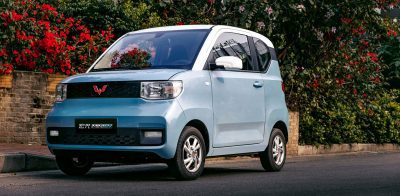 This change was also made possible by the revival of the NEV market. After halving the purchase subsidies, it took a while for the market to recover and two important catalysts were needed. First, the Tesla factory opened in Shanghai and the brand soared to great heights in sales statistics. Second, the Wuling Hongguang Mini EV was launched, an electric mini-car with seating for four people costing less than € 5,000. Monthly sales of the Hongguang are now higher than those of the Model 3. This revival of the market pulled other brands to new heights as well and ensured that NIO was able to break all records too. They still make less than 50,000 cars a year, but their sales did double in 2020 to more than 43,000 premium-priced electric SUVs. In the wake of NIO and Tesla, brands such as Xpeng and LI Auto also saw their sales skyrocket in 2020, to 27,000 and 32,600 respectively.
This change was also made possible by the revival of the NEV market. After halving the purchase subsidies, it took a while for the market to recover and two important catalysts were needed. First, the Tesla factory opened in Shanghai and the brand soared to great heights in sales statistics. Second, the Wuling Hongguang Mini EV was launched, an electric mini-car with seating for four people costing less than € 5,000. Monthly sales of the Hongguang are now higher than those of the Model 3. This revival of the market pulled other brands to new heights as well and ensured that NIO was able to break all records too. They still make less than 50,000 cars a year, but their sales did double in 2020 to more than 43,000 premium-priced electric SUVs. In the wake of NIO and Tesla, brands such as Xpeng and LI Auto also saw their sales skyrocket in 2020, to 27,000 and 32,600 respectively.
However, the NEV sector has been hit very hard. Many startups did not survive the year and some (like Byton) are still on the life support, waiting for a new flow of money. Brands such as Aiways and Weltmeister have to do all they can to join in, and their prospects seem to be improving now that the pandemic in China is largely over.
The new battlefield
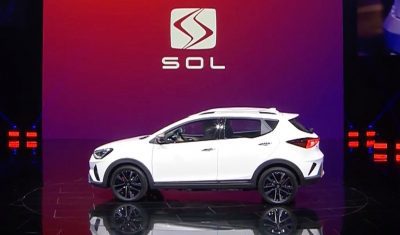 So, due to external factors, there has been a major correction in the Chinese automotive sector. The weak brothers have not survived, the steadfast have managed to get through and the big SOEs and private manufacturers are on the brink of a hard battle with the international brands. The abolition of mandatory joint ventures for foreigners by 2022 will have a significant impact on the Chinese market. We saw the first consequences in 2020 and this year the knives will be sharpened.
So, due to external factors, there has been a major correction in the Chinese automotive sector. The weak brothers have not survived, the steadfast have managed to get through and the big SOEs and private manufacturers are on the brink of a hard battle with the international brands. The abolition of mandatory joint ventures for foreigners by 2022 will have a significant impact on the Chinese market. We saw the first consequences in 2020 and this year the knives will be sharpened.
On the face of it, the international players have by far the advantage in opening the market. They have the largest market share, a capital advantage and for now they still a technical advantage. Some fear a complete deforestation of the Chinese car industry. For example, Volkswagen already largely took over JAC (as far as legally permitted) and they will take over the company completely in 2022 or shortly afterwards. It is easy to imagine that more international brands will follow Volkswagen’s example.
However, the Chinese are not watching passively. The more well-known SOEs and private manufacturers have been busy catching up for some time now. And that goes very quickly and with impressive results. Many brands are now developing their own design language and in terms of design the most exciting things are happening in China. The most efficient hybrid is not a Toyota, but a BYD. New models follow each other at breakneck speed.
The threat from outside is not the only challenge for the big players. Just like in the rest of the world, the transition to NEVs is also an urgent, but difficult point. The government may have cut back subsidies, but not the environmental and climate targets. And investors currently seem particularly interested in companies making exciting EVs.
At the end of 2020, the contours of the battlefield suddenly emerged, where the most epic battle in the history of the automotive industry will take place. Chinese brands, SOEs, private companies and NEV startups, suddenly almost all announced new premium products and brand names. The enormous Chinese tech industry, the Tencents, Huaweis and Baidus, were entangled as a partner and the first prototypes have already been shown in person.
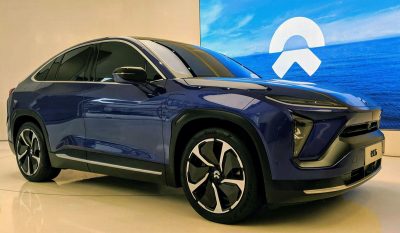 The battle for dominance in the automotive industry will take place in the market of high-tech, premium EVs with extensive autonomous functions. Many Chinese manufacturers are chasing Tesla and NIO. The importance of the Chinese market will force international players to participate. The Chinese also love SUVs and the coupe variant is the latest craze. Tesla’s brand-new Model Y production line is already unable to meet demand, while that car could only be ordered from January 1.
The battle for dominance in the automotive industry will take place in the market of high-tech, premium EVs with extensive autonomous functions. Many Chinese manufacturers are chasing Tesla and NIO. The importance of the Chinese market will force international players to participate. The Chinese also love SUVs and the coupe variant is the latest craze. Tesla’s brand-new Model Y production line is already unable to meet demand, while that car could only be ordered from January 1.
While foreigners seem to have an advantage due to their wealthy organizations, excellent image and technical capabilities, they have to look in their rearview mirror. The Chinese have chosen the battleground wisely, completely in their own vein, and on top of that they have proven to be very flexible and able to adapt to rapidly changing circumstances. What seemed to be a losing battle suddenly offers all kinds of possibilities. Because flexibility, rapid innovation and the designation of autonomous EVs as “halo” product are just not the core values of the international players, apart from Tesla.
The positions will be taken this year. The Chinese are preparing a rush of premium products. They have secured the backup of their tech industry. With this, they hope to be sufficiently equipped to withstand the big showdown with the international giants in 2022. Whether it is enough, the future will tell. It seems certain that it will be a grand spectacle.
Let’s get ready to rumble!

